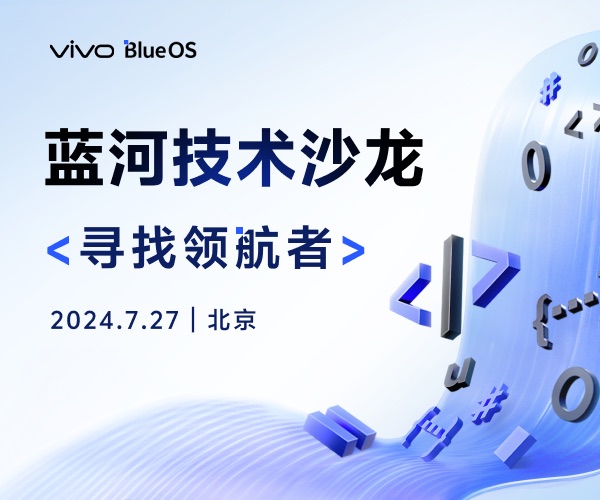UIPickerView 简单小结
一.UIPickerView
1.UIPickerView的常见属性
// 数据源(用来告诉UIPickerView有多少列多少行)
@property(nonatomic,assign) id<UIPickerViewDataSource> dataSource;
// 代理(用来告诉UIPickerView每1列的每1行显示什么内容,监听UIPickerView的选择)
@property(nonatomic,assign) id<UIPickerViewDelegate> delegate;
// 是否要显示选中的指示器
@property(nonatomic) BOOL showsSelectionIndicator;
// 一共有多少列
@property(nonatomic,readonly) NSInteger numberOfComponents;
2.UIPickerView的常见方法
// 重新刷新所有列
- (void)reloadAllComponents;
// 重新刷新第component列
- (void)reloadComponent:(NSInteger)component;
// 主动选中第component列的第row行
- (void)selectRow:(NSInteger)row inComponent:(NSInteger)component animated:(BOOL)animated;
// 获得第component列的当前选中的行号
- (NSInteger)selectedRowInComponent:(NSInteger)component;
3.数据源方法(UIPickerViewDataSource)
// 一共有多少列
- (NSInteger)numberOfComponentsInPickerView:(UIPickerView *)pickerView;
// 第component列一共有多少行
- (NSInteger)pickerView:(UIPickerView *)pickerView numberOfRowsInComponent:(NSInteger)component;
4.代理方法(UIPickerViewDelegate)
// 第component列的宽度是多少
- (CGFloat)pickerView:(UIPickerView *)pickerView widthForComponent:(NSInteger)component;
// 第component列的行高是多少
- (CGFloat)pickerView:(UIPickerView *)pickerView rowHeightForComponent:(NSInteger)component;
// 第component列第row行显示什么文字
- (NSString *)pickerView:(UIPickerView *)pickerView titleForRow:(NSInteger)row forComponent:(NSInteger)component;
// 第component列第row行显示怎样的view(内容)
- (UIView *)pickerView:(UIPickerView *)pickerView viewForRow:(NSInteger)row forComponent:(NSInteger)component reusingView:(UIView *)view;
// 选中了pickerView的第component列第row行
- (void)pickerView:(UIPickerView *)pickerView didSelectRow:(NSInteger)row inComponent:(NSInteger)component;
二.UIDatePicker
1.常见属性
// datePicker的显示模式
@property (nonatomic) UIDatePickerMode datePickerMode;
// 显示的区域语言
@property (nonatomic, retain) NSLocale *locale;
2.监听UIDatePicker的选择
* 因为UIDatePicker继承自UIControl,所以通过addTarget:...监听
三.程序启动的完整过程
1.main函数
2.UIApplicationMain
* 创建UIApplication对象
* 创建UIApplication的delegate对象
openURL:
• UIApplication有个功能⼗十分强⼤大的openURL:⽅方法 - (BOOL)openURL:(NSURL*)url;
• openURL:⽅方法的部分功能有
➢ 打电话
UIApplication *app = [UIApplication sharedApplication];
[app openURL:[NSURL URLWithString:@"tel://10086"]];
➢ 发短信
[app openURL:[NSURL URLWithString:@"sms://10086"]];
➢ 发邮件
[app openURL:[NSURL URLWithString:@"mailto://12345@qq.com"]];
➢ 打开⼀一个⺴⽹网⻚页资源
[app openURL:[NSURL URLWithString:@"http://ios.itcast.cn"]];
➢ 打开其他app程序
3.delegate对象开始处理(监听)系统事件(没有storyboard)
* 程序启动完毕的时候, 就会调用代理的application:didFinishLaunchingWithOptions:方法
* 在application:didFinishLaunchingWithOptions:中创建UIWindow
* 创建和设置UIWindow的rootViewController
* 显示窗口
3.根据Info.plist获得最主要storyboard的文件名,加载最主要的storyboard(有storyboard)
* 创建UIWindow
* 创建和设置UIWindow的rootViewController
* 显示窗口
程序的启动过程

infor.Plist中常见的key含义
-
常见属性(红⾊色部分是⽤用⽂文本编辑器打开时看到的key)
-
● Localiztion native development region(CFBundleDevelopmentRegion)-本地化相关
-
● Bundle display name(CFBundleDisplayName)-程序安装后显⽰示的名称,限制在10-12个 字符,如果超出,将被显⽰示缩写名称
-
● Icon file(CFBundleIconFile)-app图标名称,⼀一般为Icon.png
-
● Bundle version(CFBundleVersion)-应⽤用程序的版本号,每次往App Store上发布⼀一个新
版本时,需要增加这个版本号
-
● Main storyboard file base name(NSMainStoryboardFile)-主storyboard⽂文件的名称
-
● Bundle identifier(CFBundleIdentifier)-项⽬目的唯⼀一标识,部署到真机时⽤用到




